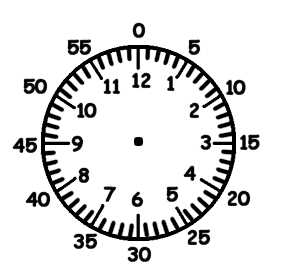someblokecalleddave
Well-Known Member
So in this thread I want to see if between us we can somehow un-ravel the physics behind Drift and turn all the esoteric langauge into something the Layman (Me) can make sense of. What I'd like to end up with is something along the lines of this hypothetical list as below......................
Key components required to bowl a Leg Break and produce good drift.
1. The ball needs to be angled towards 50'
2. The ball needs to be rotating at 7 RPS
3. The axis needs to pointing downwards at 'x' degrees
4. The ball needs to be travelling 47 mph
5. A high prominent seam increases/decreases the amount of drift
6. The ball needs/needs not to be worn and rough
I know some of you out there are good at physics and those of us that are useless would like your help in deciphering all the lingo into something a little more palatable. Part of the process I think must be to collate as much of the data that is out there and put the sources and links in here and hopefully over the next few weeks or months we'll be able to produce something we can all understand without having to do a degree in Physics.
Here's the first link from Shrek posted in the Top-Spin thread http://vaughan.roberts.name/sites/default/files/Physics of bowling cricket balls - Part5.pdf it's not one I've seen before and the source for some of it was indicated by SLA - Brian Wilkins - 'The Bowlers Art'. Again not a book I've read or even seen before. As we go through the process, may I suggest that when we talk about the direction that the seam is pointing we use the clockface method -

So a standard leg break would have its seam and spin direction pointed towards 52' and a Top-Spinner 0' and so on. I'll have to come up with some way of illustrating the axis direction as that's going to be important too I think.
Key components required to bowl a Leg Break and produce good drift.
1. The ball needs to be angled towards 50'
2. The ball needs to be rotating at 7 RPS
3. The axis needs to pointing downwards at 'x' degrees
4. The ball needs to be travelling 47 mph
5. A high prominent seam increases/decreases the amount of drift
6. The ball needs/needs not to be worn and rough
I know some of you out there are good at physics and those of us that are useless would like your help in deciphering all the lingo into something a little more palatable. Part of the process I think must be to collate as much of the data that is out there and put the sources and links in here and hopefully over the next few weeks or months we'll be able to produce something we can all understand without having to do a degree in Physics.
Here's the first link from Shrek posted in the Top-Spin thread http://vaughan.roberts.name/sites/default/files/Physics of bowling cricket balls - Part5.pdf it's not one I've seen before and the source for some of it was indicated by SLA - Brian Wilkins - 'The Bowlers Art'. Again not a book I've read or even seen before. As we go through the process, may I suggest that when we talk about the direction that the seam is pointing we use the clockface method -

So a standard leg break would have its seam and spin direction pointed towards 52' and a Top-Spinner 0' and so on. I'll have to come up with some way of illustrating the axis direction as that's going to be important too I think.
